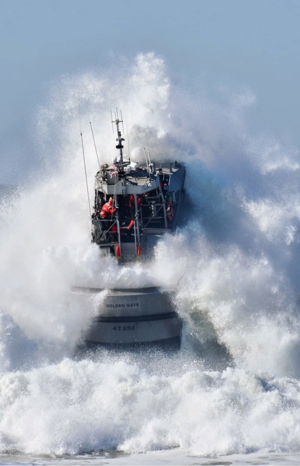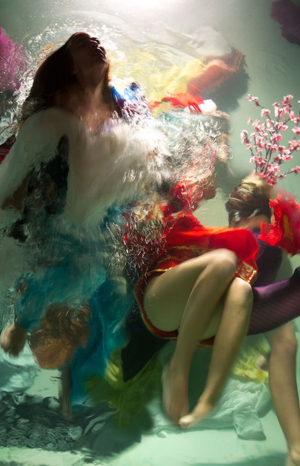These things are often called «split» or «half and half». No, this is not a popular drink «half and half», which is a 50/50 mix of light beer and sprite. Although it's also «interesting», as the hero said. Dovlatovawe'll leave that aside for now.
We are talking about shots where half of the frame is underwater and the other half is in the air, which have become so common in reports from a number of yacht regattas.

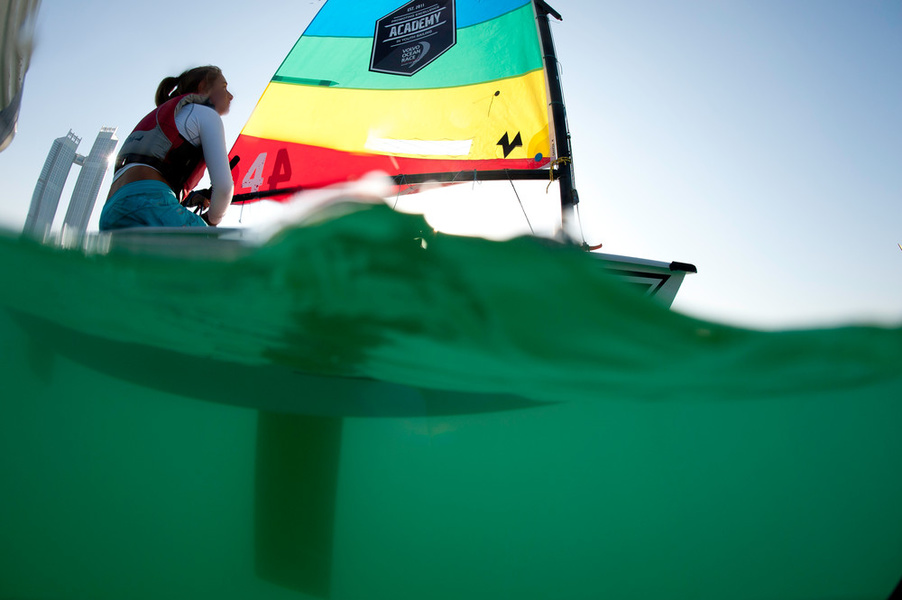
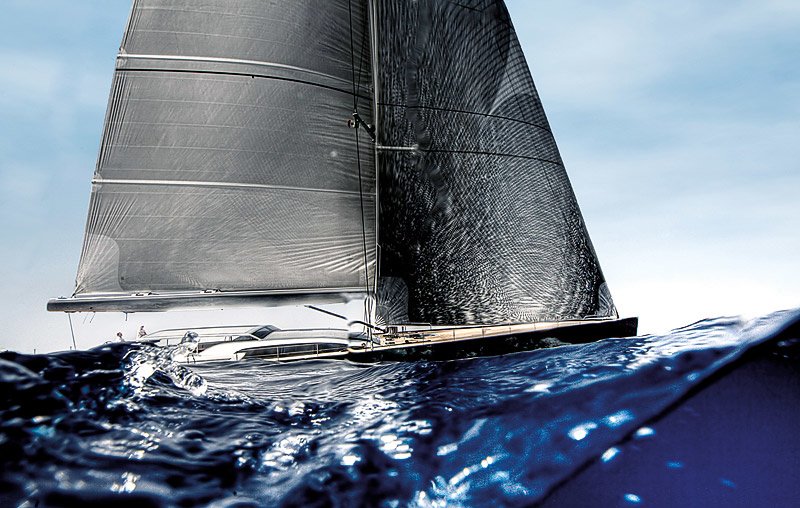

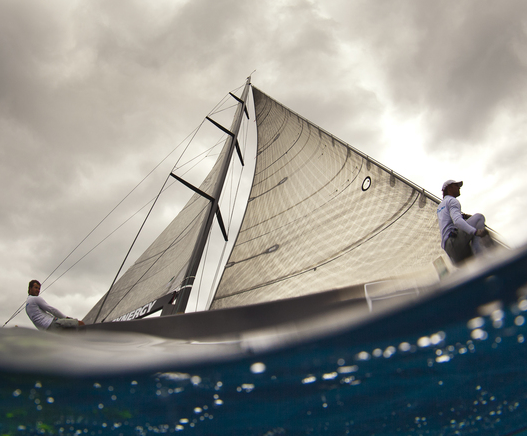

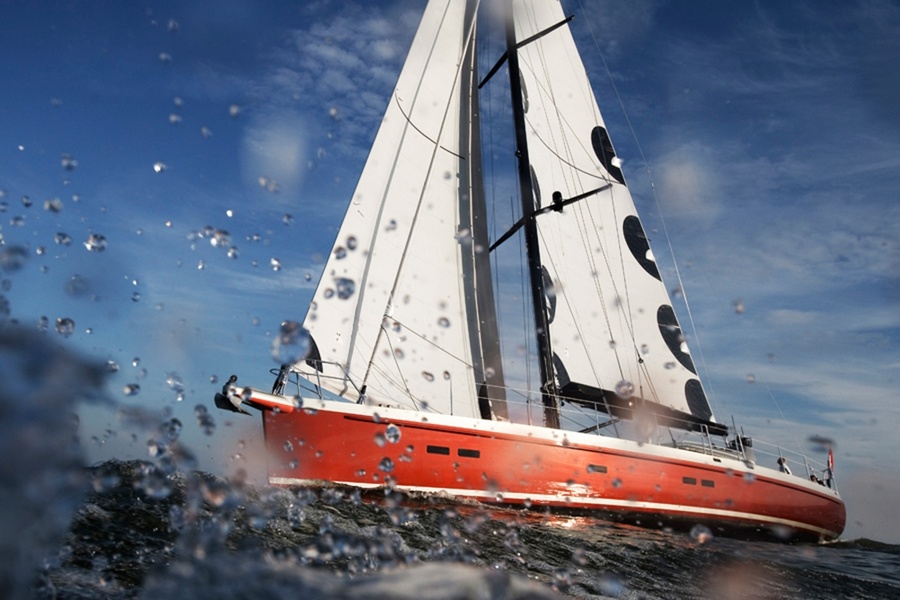
They are particularly characteristic of Nico Martinez, but other yacht photographers are also trying to keep up with him.
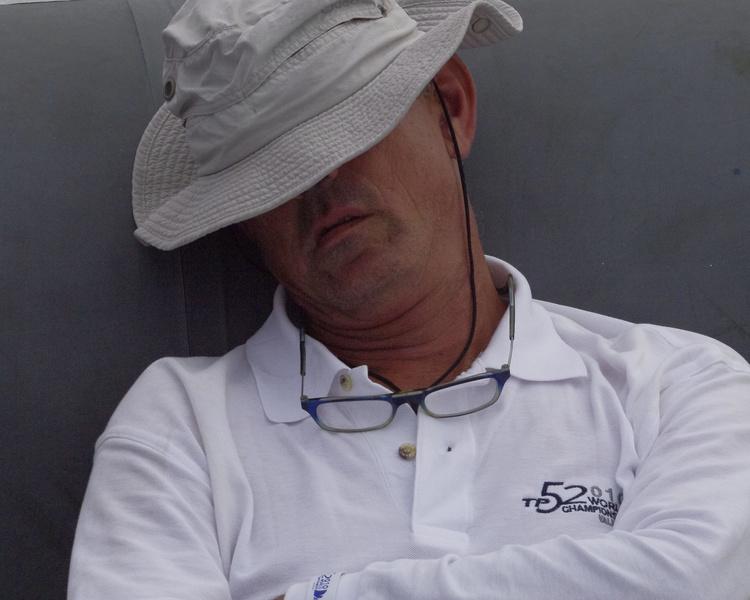
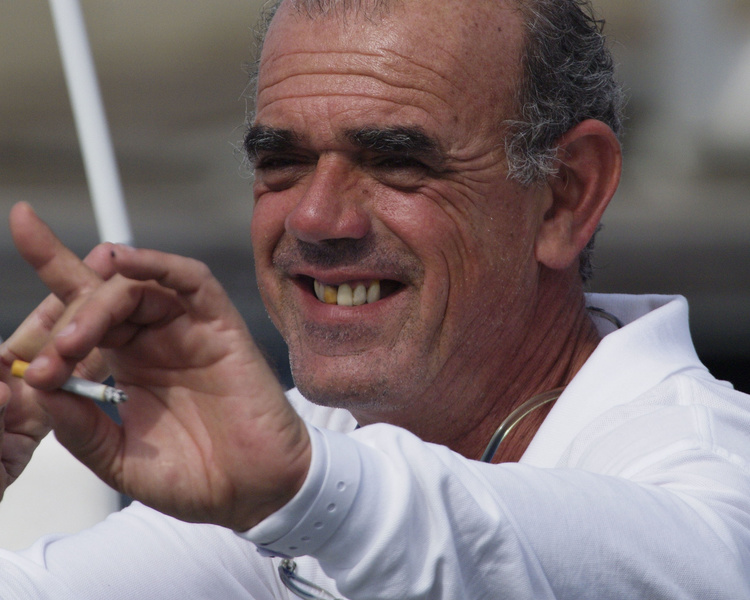
How are such photographs taken? Is it difficult to learn to shoot in the same way yourself? Do you need
It is impossible to make such a shot without special equipment. You have to have at least three things.
- The first thing you need is an underwater shooting box worn on the camera. Nowadays such boxes are produced for the most popular models of DSLR and non-mirror cameras. If there is no such a box (by the way, it is not too cheap, especially for the SLR camera), then you can use a special waterproof camera (non-small mirror), not afraid of water, or directly designed for underwater photography. « In the old days, now almost legendary» when photographers used film there was only one such camera - the famous Nikonos. The main problem in its construction was developing the necessary reliable seal for the back cover - its large circumference posed just as much of a challenge. As soon as they switched from film to digital, the designers of underwater equipment had an easier life - the cover of a small compartment for a flash drive is much easier to seal. That is why there are many good soap boxes at the market today that can be used for diving.
- The second thing you need is atripod with a tripod head on which the camera can be lowered from the board into the water to keep it slightly below its surface. It is desirable to have the lightest and strongest monopod possible - carbon fiber monopods meet this requirement most closely.
-
Finally, the third detail - a device for remote control of the camera. It can be anything - a simple cable release or a wireless remote control. But something in between - an electronic release cable - is the most reliable. «Even though infrared remote controls are good in that they do not require an extra» hole in the box, they are problematic for two reasons:
firstly, a remote control needs a separate hand (while it would be better to hold the monopod with two hands),secondly , theinfrared receiver socket in the camera is often overlapped by structural elements of the box.
Then everything is elementary - it is desirable to put on a DSLR camera a wide angle lens (for APS-C format matrix the recommended focal length is about 15 mm), set it on hyperfocal distance in advance and switch off autofocus in the camera (otherwise water spray will confuse the system and the main subject will come out blurred), turn the aperture up (for APS-C it is recommended to choose the aperture value of 11 or 16) and... shoot!
To be on the safe side we recommend (if there is such a possibility) to switch on the auto bracketing mode with the 0.5 eV exposure step to get the most accurate understanding of the exposure. Even better - use the swimming pool or the beach. Good luck with your shots!





